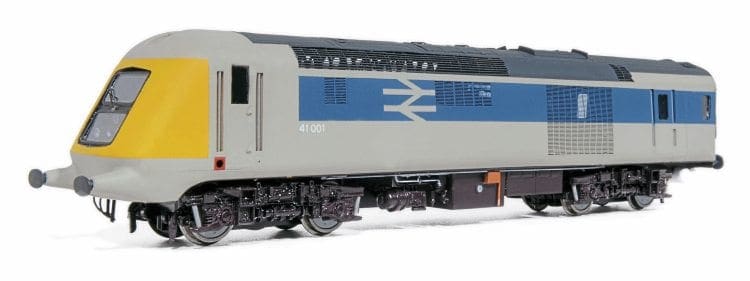Although Locomotion has announced its intention to produce the prototype HST, this is still at best a good couple of years away from appearing. In the meantime, the only fully accurate route to producing a set is by employing a mixture of scratchbuilding and ready-to-run parts. Shane Wilton details the methods utilised to build his much-admired ‘OO’ gauge models.

THE power car forming the centrepiece of this article is the second version of the iconic vehicles I have built. The first was constructed over a five-year period between 2007 and 2012 as part of a project to recreate the complete train, some of which will feature later.
This first attempt was mainly of resin construction with bespoke brass etchings. As two power cars were required, I opted to build one as a master to enable resin castings to be made should I ever wish to build further models. In the event, this turned out to be a one-off model.
Enjoy more Rail Express Magazine reading every month.
Click here to subscribe & save.
I always felt I could improve on version one and having learned the hard way, I set about this in 2014 with the aim to ease construction and create an overall improved model. In building version one, I found that the use of resin for the bodyshells for both the power cars and Mk.3 trailers was difficult due to being unable to produce consistent castings.
A fair few bodyshells were scrapped during this process, mainly due to defects within the castings. After designing and building other items of rolling stock in brass, I had always felt that the entire bodyshell could be constructed in this versatile material. I therefore set about drawing a new body using a CAD-based computer programme but utilising the distinctive nose end from the original build.
Read more in December’s issue of RE




